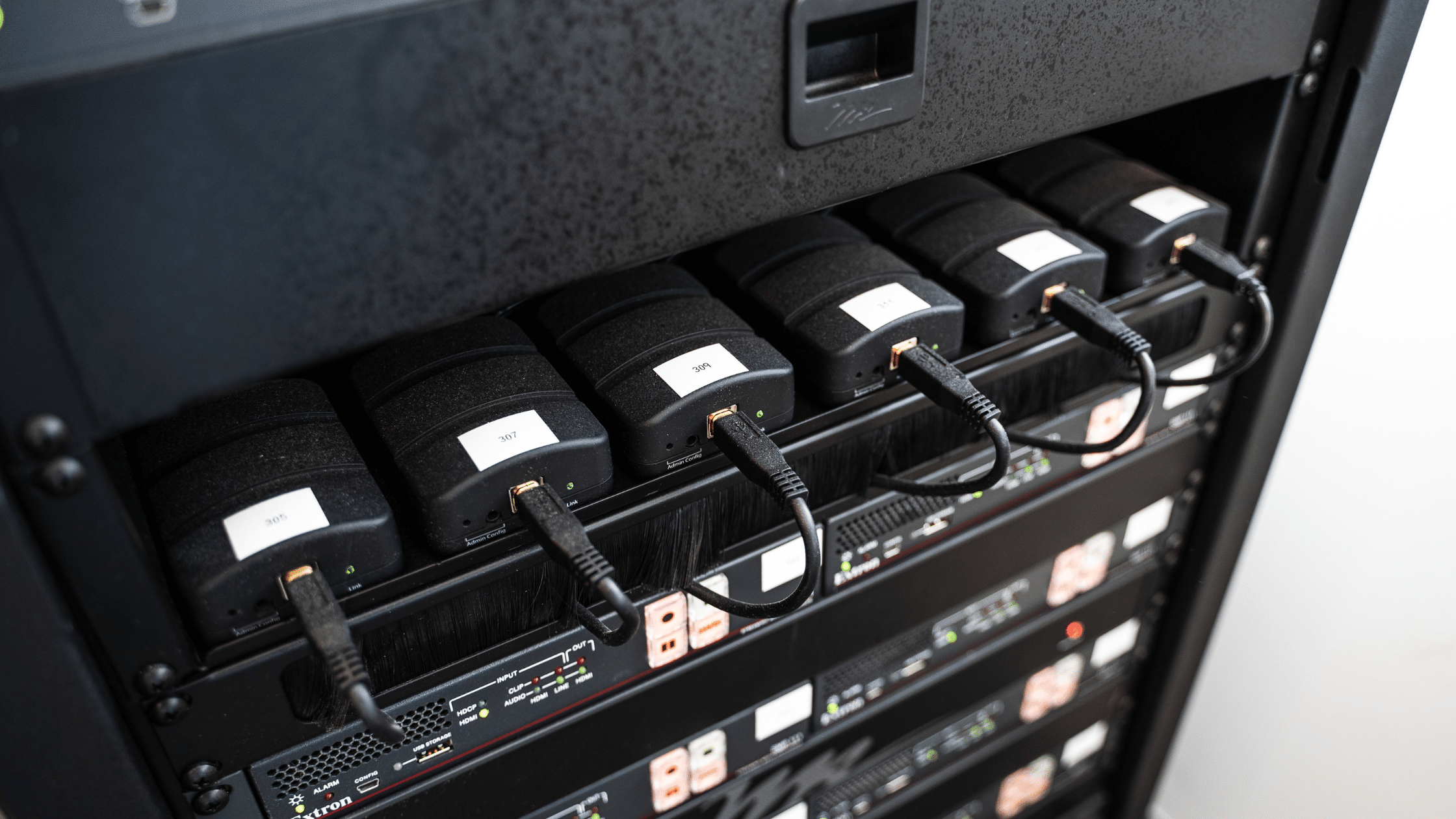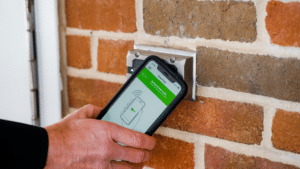Want to upgrade your business’ telecommunications? Structured cabling may help you do just that.
Let’s answer some of the biggest questions surrounding structured cabling, how it works, and how your business may benefit from it.
What Is Structured Cabling?
Structured cabling refers to a collection of copper and fiber wiring that runs throughout a building. It connects to network servers and switches to power a building’s telecommunications.
Why Is Structured Cabling Important?
A structured cable system simplifies a business’ telecom infrastructure by eliminating the need to manage dozens of cords and wires for devices and networks.
How Does Structured Cabling Work?
Structured cabling is made up of six components:
1. Horizontal Cabling
This structured cabling subsystem links telecommunications outlets to a telecom closet. It does so via a cable that runs horizontally beneath a floor or in a ceiling.
Horizontal cabling components include data and network cabling terminals that connect wires to devices. They also include outlets that connect desktop phones and computers to the internet.
2. Vertical Cabling
Sometimes referred to as “backbone cabling,” this subsystem connects telecom enclosures, entrance facilities, and equipment rooms to each other. It consists of cables, connections, conduits, and other components.
You can run vertical cables through a single floor or several different ones. Along with this, you have the option to connect these cables between buildings.
3. Entrance Facility Structured Cabling
This subsystem connects a building to phone service providers, outside data, or a private network cabling system. It can also be used to link vertical cables between buildings.
4. Telecommunications Enclosure
A telecom enclosure holds all horizontal and vertical cables. It is usually a box in a room. If you’re running a large network, the enclosure may require an entire room.
5. Work Area
The work area is where employees use computers, phones, laptops, and other telecom equipment. There are outlets and patch panels across this space. These connect users to a network.
6. Equipment Room
This space is used to store termination devices for wiring systems, switches, servers, and other advanced telecom equipment.
What Are the Benefits of a Structured Cable System?
The benefits of structured cabling include:
- Easy to Manage: Lets you use one system for all of your telecom wiring infrastructure.
- Less Downtime: Improves connectivity, reducing the risk of unplanned downtime that can damage your business’ productivity and bottom line.
- Flexibility: Offers high bandwidth, allowing you to seamlessly scale your cabling as your business expands.
- Reliability: Delivers consistent performance and redundancy to facilitate voice, data, and phone communications your employees and customers can trust.
- Security: Compartmentalizes your networks, making it difficult for threats to spread across them.
What Structured Cabling Installation Options Are Available?
There are four installation options for structured cables:
- Ethernet: Connects computers, routers, and other devices to a local network.
- Voice and Data: Connects phone systems and internet-enabled devices to a telecom enclosure or equipment room.
- Security System: Connects security cameras to a network video recorder or server.
- Intercom: Connects voice and/or video communications within a building or across multiple buildings.
Low-voltage wires are used during structured cabling installation. These utilize less than 50 volts of electricity.
Should I Get Structured Cabling?
There’s plenty to like about structured cable systems. Before you get one, there are many factors to consider, such as:
- Floor Plan: Determine where your cabling will run.
- Business Needs: Figure out if you need a system for one or more work areas.
- Building Size and Structure: Plan for cabling to accommodate your entire space.
- Customization: Look for cabling that adapts to your business as it grows.
Share any concerns and questions you have about structured cabling in Philadelphia with a professional data wiring company like Delco Solutions. From here, you can get personalized structured cable tips and recommendations. And you can make an informed decision on whether now’s the right time to upgrade to a new cabling system.
Ready to Get Started with Structured Cabling?
As a leading Philly audio visual company, Delco Solutions offers best-in-class data wiring and structured cabling services to local businesses. Contact Delco Solutions for professional structured cabling installation at your facility.






